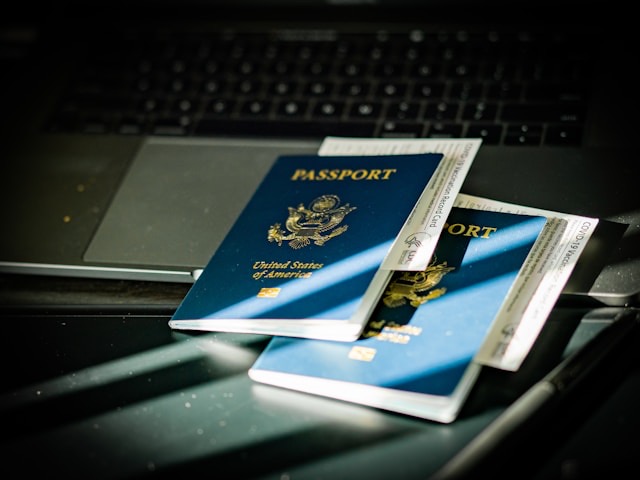Business
Applying for a Green Card Through a Family Member

The process of immigration to the United States of America usually starts with close family relationships. To a great number of people, the way to permanent residence is paved through the help of relations with close relatives, who are already citizens or lawful permanent residents. One of the best ways to achieve a green card is the family-based process, yet it is not as easy as it sounds, and it is possible that the knowledge of how it operates can make the process less stressful and acceptable.
Who can sponsor a family member?
Not all the relatives can petition a person to visit and reside in the United States on a permanent basis. Potential sponsors are divided into two groups in the law, namely, citizens of the United States and lawful permanent residents. There is a greater power of citizens, and they can petition on behalf of spouses, children (married and unmarried), parents, and siblings. The lawful permanent residents are more restricted as they are confined to their spouses and those who are not married.
There is a distinction between these two types. In the case of an example, in which a U.S. citizen is petitioning on behalf of a parent, the parent is regarded as an immediate relative and might be able to serve a shorter wait period. In comparison, in case a permanent resident applies on behalf of an adult child, the case will be placed in one of the preferences with longer queues. The awareness of the location of a specific relationship assists in making realistic expectations of the time the process can be completed.
The Categories and Wait Times.
All immigrants are not processed on a first-come first first-served basis in relation to family-based immigration. Rather, the system is based on preference categories. Close family members of U.S citizens, including spouses and unmarried children below 21 years, usually can get visas without much delay. The rest of the relationships in the family are categorized as preferences, which are limited annually.
Such a structure leaves a backlog for most of the applicants and corporations with high demand. In such instances, applicants can wait years, even decades, before the application has their priority date is met.
The Step-by-Step Process
It begins with the submission of Form I-130 by a U.S citizen or permanent resident, which demonstrates the presence of the qualifying family relationship.
When approved, the remaining procedure would be based on the residence of the applicant within the United States or outside.
The non-nationals, however, have to undergo consular processing in an embassy or consulate within the United States. The two avenues involve an interview, medical tests, and background checks.
Many people prefer to use a green card application service to make sure that documents are made appropriately, because any error or incomplete work with the paperwork may lead to delays.
Difficulties that are Usually Encountered by Applicants.
This might seem to be a simple process on paper, and more often than not, applicants face challenges in the process. Incomplete or inaccurate documentation is one of the most common problems. The evidence of family ties should be good enough to convince immigration officials, and that entails the production of official documents such as birth, marriage certificates. Additional evidence may be demanded in the form of photographs, joint accounts, or affidavits in certain instances.
The other problem is timing when an applicant becomes out of lawful status while in the queue; this may be a barrier to their eligibility.
Preparing for Success
Even though a lengthy process is involved, there are measures that applicants can take to enhance their likelihood of success. It is also important to keep track of the changes in the visa bulletin that would indicate when the next step should be organized. Last-minute stress can also be avoided by maintaining a detailed file containing the records that are required records. Furthermore, it is necessary to fill out all types of forms correctly, which minimizes the possibility of rejection or demands for further evidence.
Conclusion
One of the most valuable avenues of establishing a life in the United States is by applying as a family member to get a green card. Although the system is stratified by categories, time plans, and formal requirements, it is easy to understand how the system operates, and thus the journey will not seem daunting. Since the identification of possible sponsors is one of the steps, and making inquiries and organising the appropriate paperwork are involved, each of the steps is aimed at verifying the authenticity of the relationship between the family.
-

 Celebrity5 months ago
Celebrity5 months agoChristina Erika Carandini Lee: A Life of Grace, Heritage, and Privacy
-

 Celebrity5 months ago
Celebrity5 months agoTrey Kulley Majors: The Untold Story of Lee Majors’ Son
-

 Celebrity5 months ago
Celebrity5 months agoJamie White-Welling: Bio, Career, and Hollywood Connection Life with Tom Welling
-

 Celebrity4 months ago
Celebrity4 months agoNick Schmit? The Man Behind Jonathan Capehart Success
















